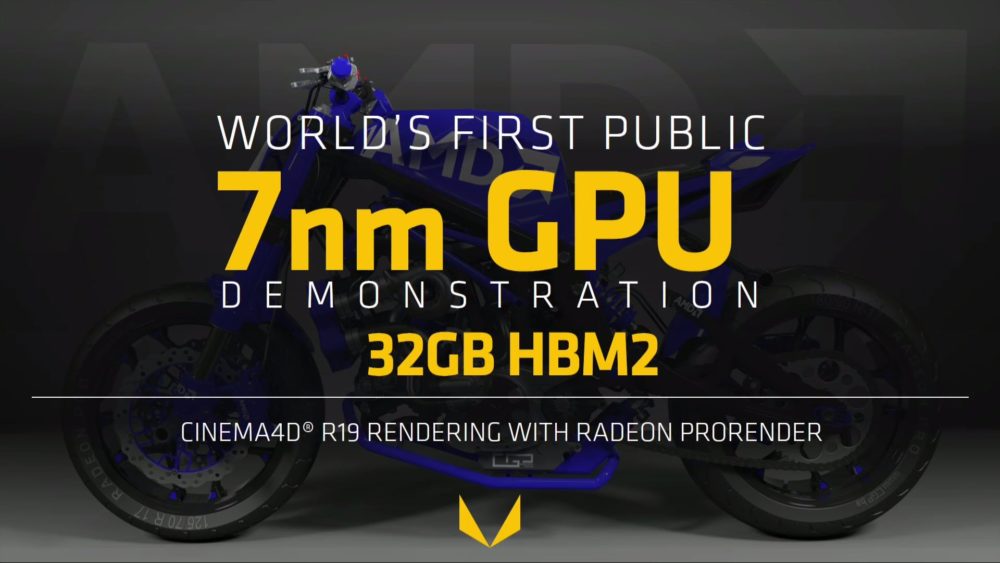-Fran- :
Just a die shrink of Vega sounds boring as hell. I really wish they give us some information about potential improvements to the GCN uArch, or at least a couple of additional tidbits.
I guess Navi is going to be the GPU to look forward to from AMD?
Cheers!
I guess Navi is going to be the GPU to look forward to from AMD?
Cheers!
Yeah but a die shrink that can fix the production issues of the original Vega, increase power efficiency, and improve performance making it a much better competitor than the original to Nvidia. Lets be honest as competitive as the Vega 56 was to the 1070 , the 1070ti came out to beat it, and then on top of that thanks to production issues and mining made it impossible to find anyway.






